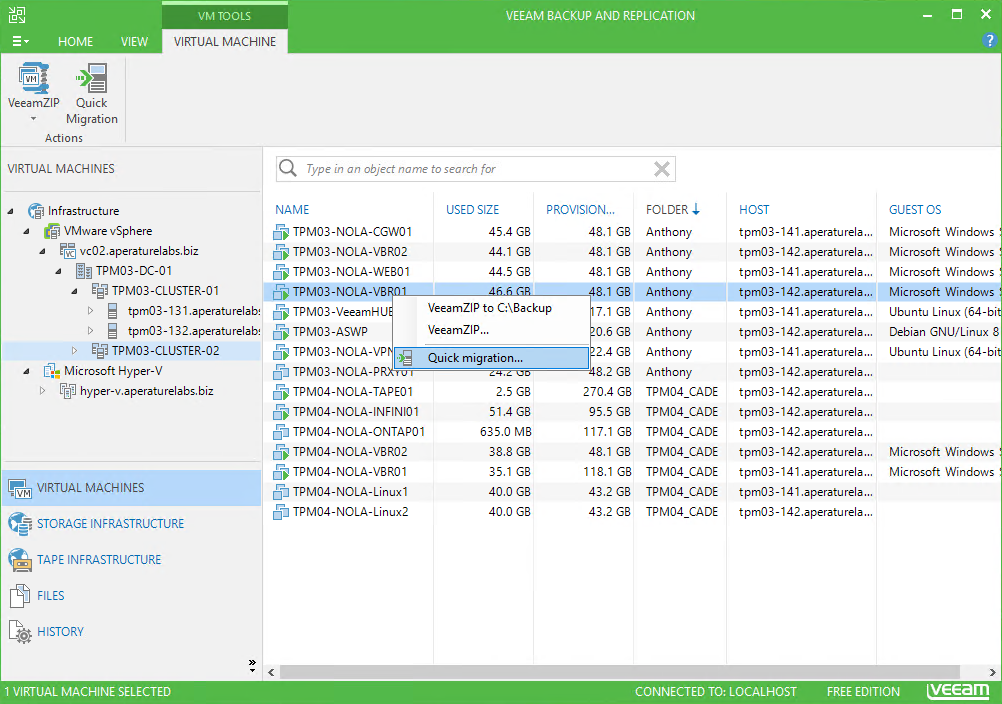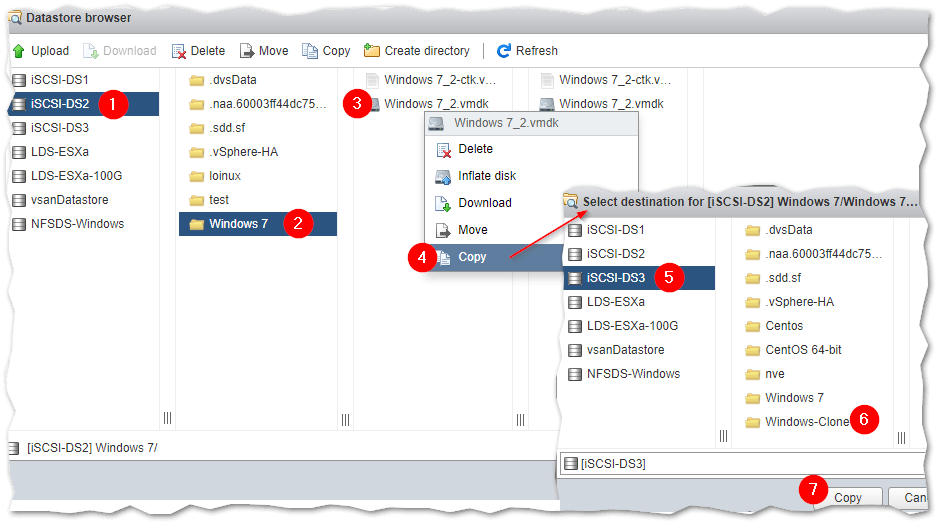
#DUPLICATE VM ESXI 6.5 LICENSE#
You can use VMware converter or command line if you don’t have vCenter, you only have one ESXi host, or don’t want to spend a license to get more features. If you do have vCenter configured, it’s best to move a VM with VMotion and select the virtual disk format Thin Provision in the wizard.
#DUPLICATE VM ESXI 6.5 HOW TO#
Read more about Thick and Thin Provisioning: What Is the Difference? How to convert thick provisioning to thinĬonvert thick disk provisioning to thin on VMware ESXi with the options: A thin-provisioned virtual disk consumes only the space that it needs initially, and grows with time according to demand.

This type of disk can be created more quickly, but its performance will be lower for the first writes due to the increased IOPS (input/output operations per second) for new blocks. This old data is not erased or written over, so it needs to be “zeroed out” before new data can be written to the blocks.
#DUPLICATE VM ESXI 6.5 MAC#
Template Mac is assigning for VMs and there are conflicts in network, so VMs are failing to be online. I initially encountered this problem with 2.4, but still see it with 2.7. Please let me know if this is addressed in 2.8, or if a new bug needs to be opened. I haven't seen this particular situation addressed by any open bugs, but I may have missed something. So even though there is a change in vSphere, it seems like the default behavior for the vmware_guest module is not quite right. However, if I do "New VM from template" in the vSphere 6.7u1 webUI, it actually gives the new VM a random MAC address.

The thing that is new in vSphere 6.7u1 is that vCenter no longer considers a MAC shared between a VM and a template as "duplicate". I bring this up on this thread because, when I read this problem description, it seems like unless a MAC is manually specified, or unless it is detected as duplicate, the default behavior for vmware_guest is to give the VM the same MAC address that the template has. This seems to be new behavior with vSphere 6.7u1 (even 6.7 before u1 doesn't do this). When creating a VM by cloning a template with vmware_guest, the first VM cloned from the template gets the same MAC address as the template. I'm having a problem that I think is related to this, but I hoped I could bring it up here before opening a new issue to see if that's needed. Task path: /Users/username/Documents/bug-report/main.yml:26 "password": "VALUE_SPECIFIED_IN_NO_LOG_PARAMETER", "guest_tools_status": "guestToolsNotRunning", ESTABLISH LOCAL CONNECTION FOR USER: username Task path: /Users/username/Documents/bug-report/main.yml:4


 0 kommentar(er)
0 kommentar(er)
